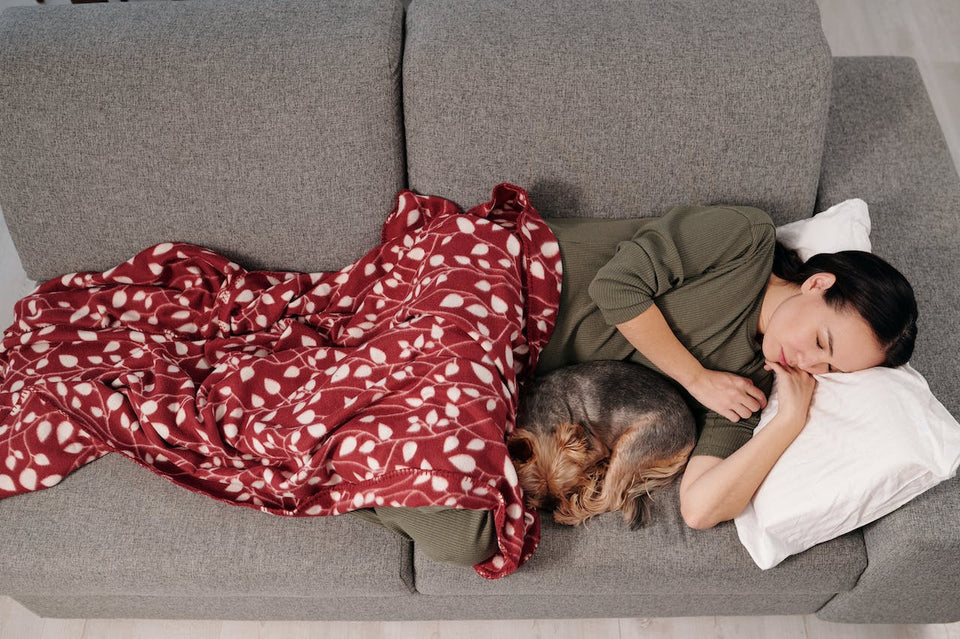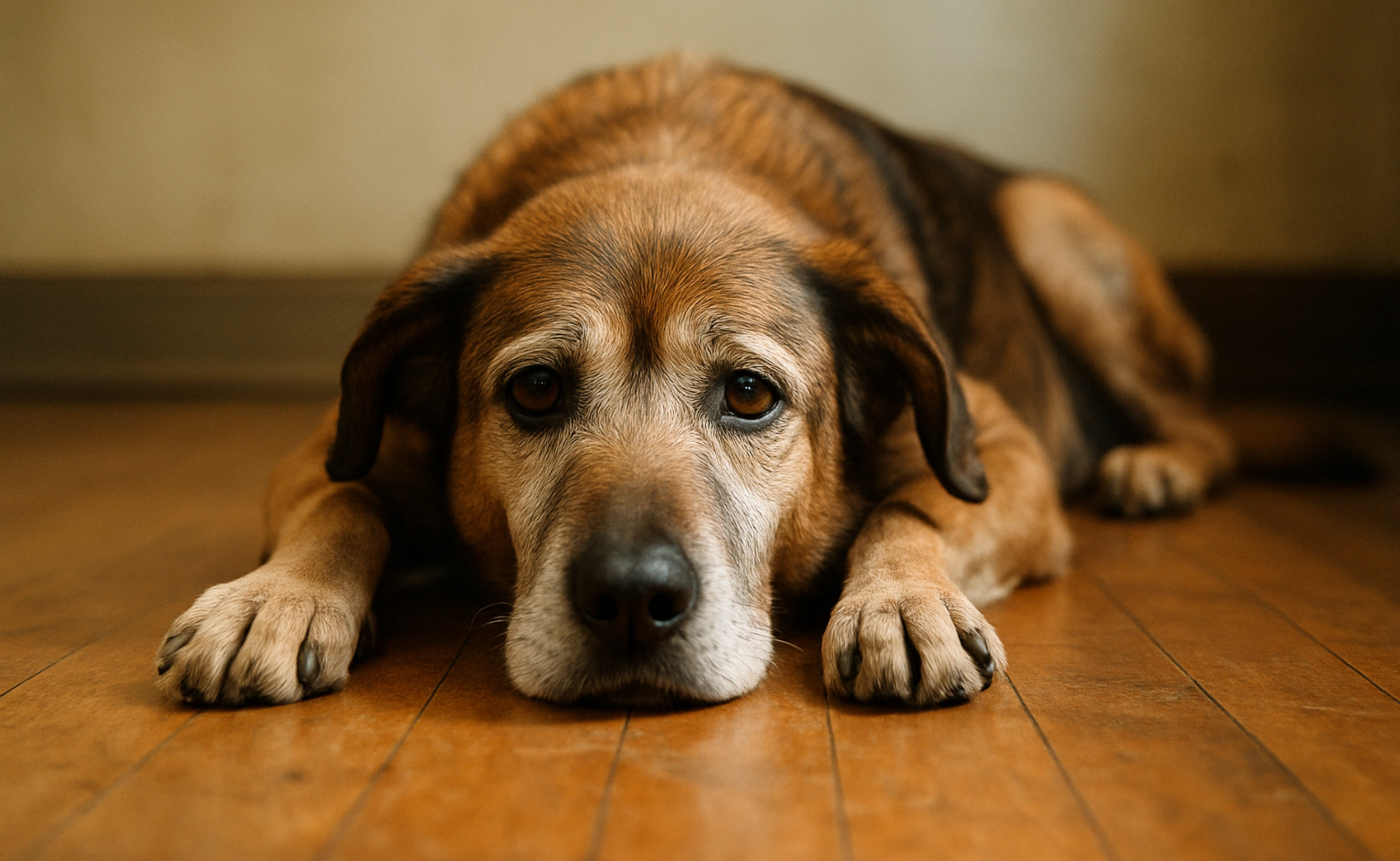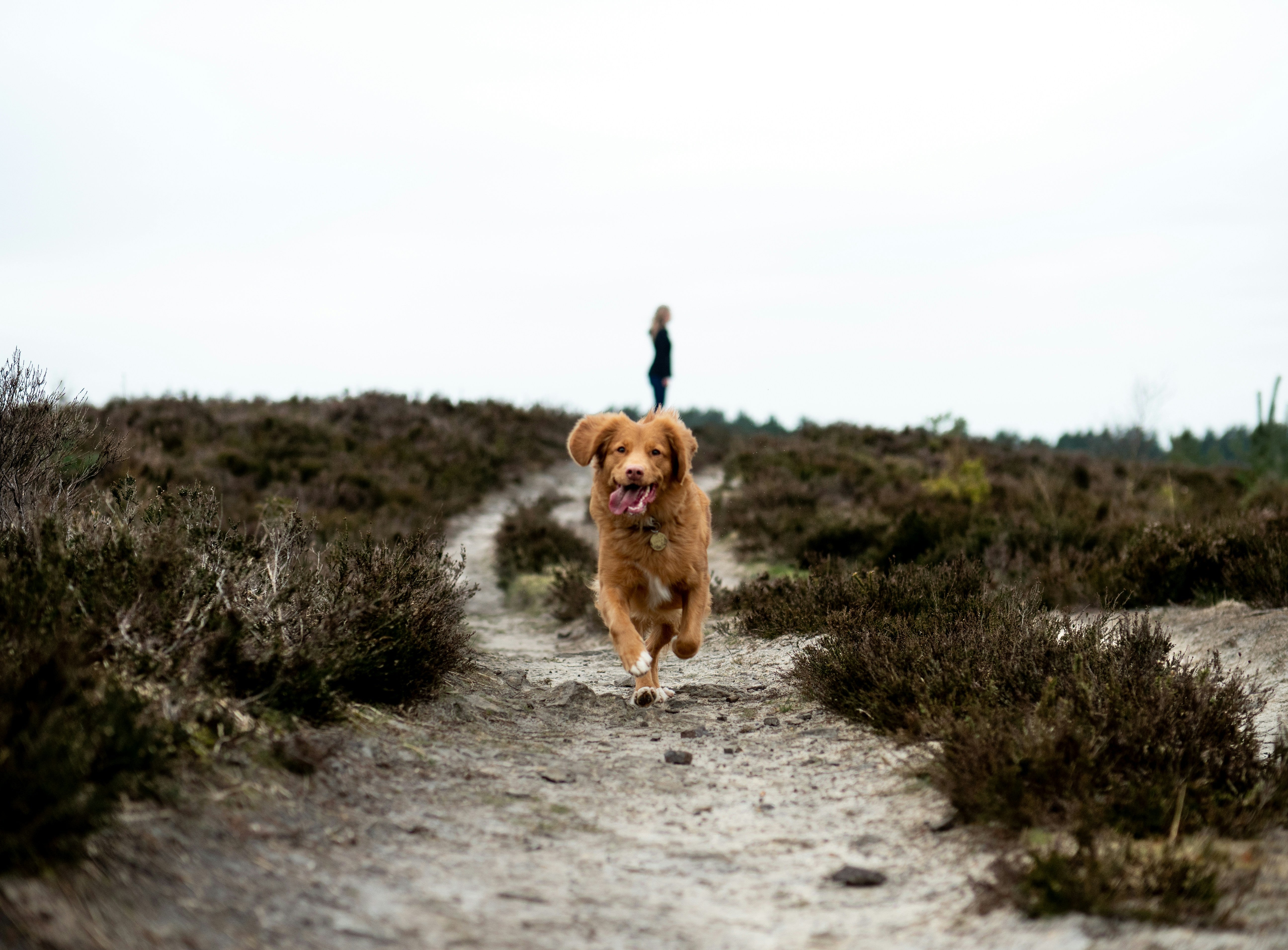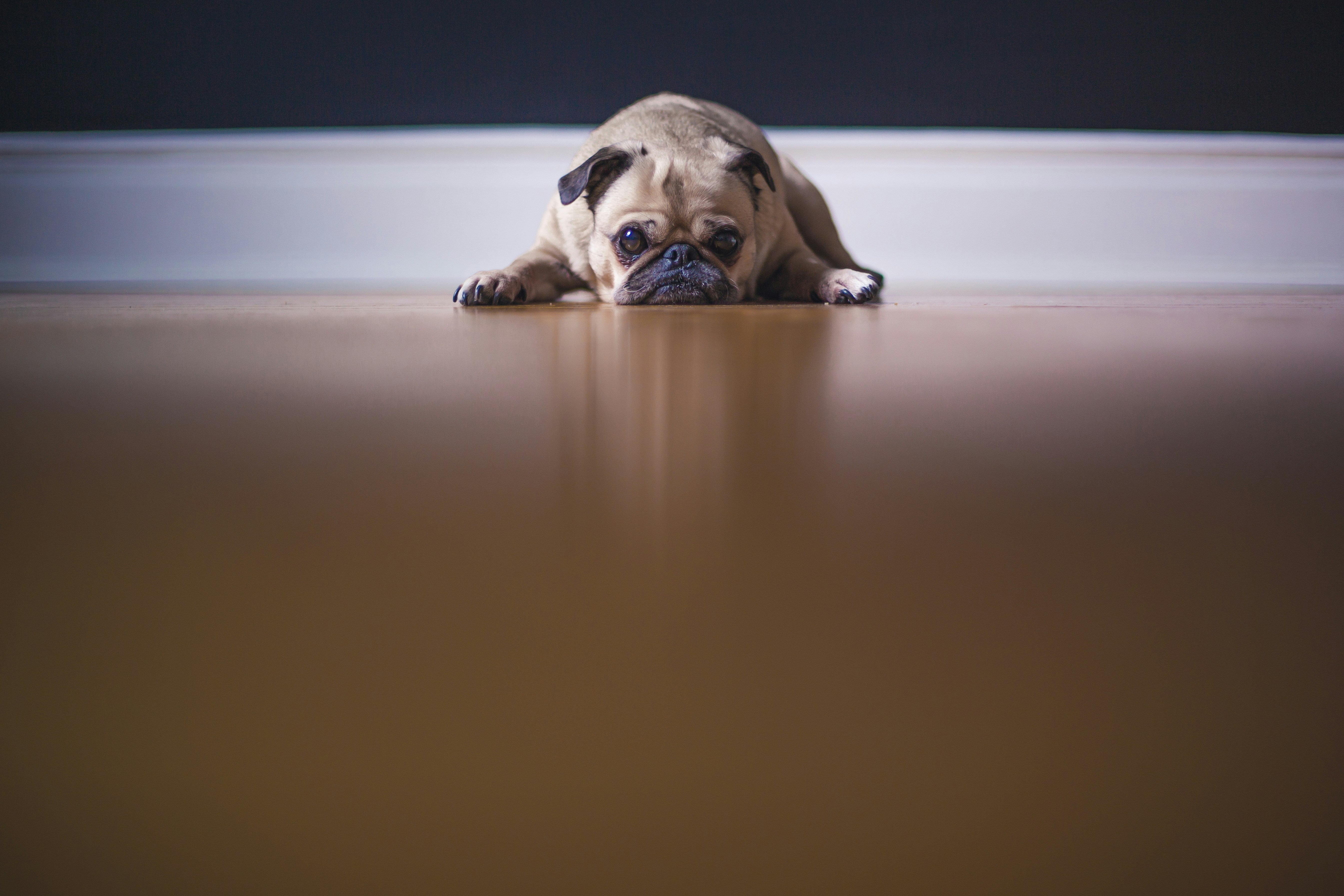
Why Do Dogs Like to Curl Up?

We've all seen it: that adorable sight of our furry friend curled up in a tight ball, nose tucked under their tail, peacefully napping away. This signature canine pose is not only endearing but also sparks curiosity. Why do dogs have this natural inclination to curl up, especially when they sleep? Is it just a comfortable position, or is there a deeper, evolutionary reason behind it?
The behavior of dogs often carries remnants from their wild ancestors, providing intriguing insights into their instincts and survival strategies. The act of curling up is no exception, and understanding its roots can offer a fascinating glimpse into the canine world. If you've ever wondered about the reasons behind this classic doggy pose, you're in for a treat. Keep reading to unravel the mysteries behind your pup's penchant for getting curled up and cozy.
The Science Behind the Curl: Delving Deeper into Evolution and Instincts
From the time of ancestral wolves to today's beloved domesticated companions, dogs have preserved certain behaviors that provided critical advantages for survival in their wild environments. One of the most distinctive instinctual behaviors we observe is their preference for curling up. In the grand tapestry of nature, adopting this posture serves a multitude of critical purposes. The primary reason dogs might curl into a tight ball is to offer a layer of protection against potential predators. By concealing their vulnerable underbellies and neck regions, dogs are in a position to better shield their essential organs. This defensive posture not only hides them but also ensures they're coiled and ready, potentially enabling them to respond swiftly to any predatory threats.
Additionally, there are significant environmental reasons for this behavior. In regions with colder temperatures or during the brisk nights, the ability to retain body heat becomes crucial for survival. By adopting the curled-up position, dogs might effectively trap and conserve their body warmth, with their tail often playing the vital role of warming their noses. In harsh, unforgiving conditions, such an act of warmth conservation could potentially mean the difference between survival and demise. Therefore, while our modern-day pets live comfortably without the immediate threats of the wild, they have nonetheless carried forward these instinctual behaviors from their ancestors.
Is your dog a natural curler? Offer them the supreme embrace of the Human-Size Memory Foam Dog Bed. Dive deep into their instincts and give them a cozy haven they'll love.
Curling Up as a Form of Canine Communication

More than just a product of evolution, the act of curling up is also a nuanced form of non-verbal canine communication. Dogs, being the expressive creatures they are, convey a lot through their body language. The position they choose for sleeping can provide substantial insights into their current state of mind. If a dog opts to curl up, especially when placed in settings that are either new or not entirely comfortable, it might be attempting to appear smaller or less conspicuous, possibly due to feelings of vulnerability or apprehension.
Moreover, if you notice your dog actively seeking out confined spaces to curl up, such as beneath furniture or in corners, it's possible they're on a quest for an added layer of security and comfort. Conversely, a confident and content dog, feeling secure within its surroundings, might switch between curling up and adopting more open postures, like sprawling out or exposing their belly. Recognizing, interpreting, and responding to these non-verbal cues can foster a profound understanding and connection between pet owners and their furry friends.
Related Link: Why Does My Dog Walk in Circles? Top 3 Reasons
Breed Specific Tendencies and the Act of Curling Up
The behavior of curling up is undoubtedly seen across a wide array of breeds, but specific breeds might be genetically more inclined to this posture than others. For instance, breeds that trace their roots to chillier regions, such as the Siberian Huskies or Alaskan Malamutes, might naturally prefer to curl up. Their ancestors would have derived immense advantages from retaining body warmth in icy terrains. In contrast, smaller breeds, which might feel more at risk owing to their diminutive size, could often resort to the curl-up position as a form of self-preservation.
Nevertheless, it's pivotal to understand that while breed characteristics might offer some insights, the individual dog's personality and life experiences can be just as, if not more, influential. It's entirely possible for two dogs of an identical breed to exhibit contrasting sleeping behaviors, driven by their unique temperaments and life histories.
Emotional Well-being in Relation to Curling Up
Dogs, with their keen senses and perceptive nature, are incredibly responsive to their environments. They can easily pick up on and be affected by alterations or potential stressors in their surroundings. If a dog, who typically enjoys stretching out, suddenly begins curling up with increased frequency, it could potentially signal feelings of emotional discomfort or heightened anxiety. Factors such as changes within the home environment, the introduction of unfamiliar pets, or even the temporary absence of a beloved human family member might act as catalysts for such behavioral shifts.
Importantly, while many dogs might naturally find the curled-up posture comforting, any abrupt or unexplained changes in sleeping patterns should be approached with curiosity and concern. By staying observant of these nuanced changes and responding with increased comfort measures, reassurances, or, if needed, seeking expert guidance, pet owners can play an active role in safeguarding their dog's emotional well-being.
Celebrate your dog's age-old curling behavior with our Orthopedic Dog Bed. Immerse them in the luxury of nature-inspired comfort.
Embracing the Curl

While the sight of our dogs curled up might melt our hearts, understanding the reasons behind this behavior enriches our appreciation for these amazing creatures. From deep-rooted evolutionary instincts to emotional signals, the act of curling up is a blend of nature and nurture. By tuning into these behaviors, pet owners can gain a deeper insight into their dog's world, ensuring a bond that is both understanding and compassionate. So, the next time you find your furry friend curled up like a croissant, you'll know a bit more about the fascinating reasons behind that cozy posture.
Related Link: How to Transition Your Dog from Crate to Bed
Share this article
written by


